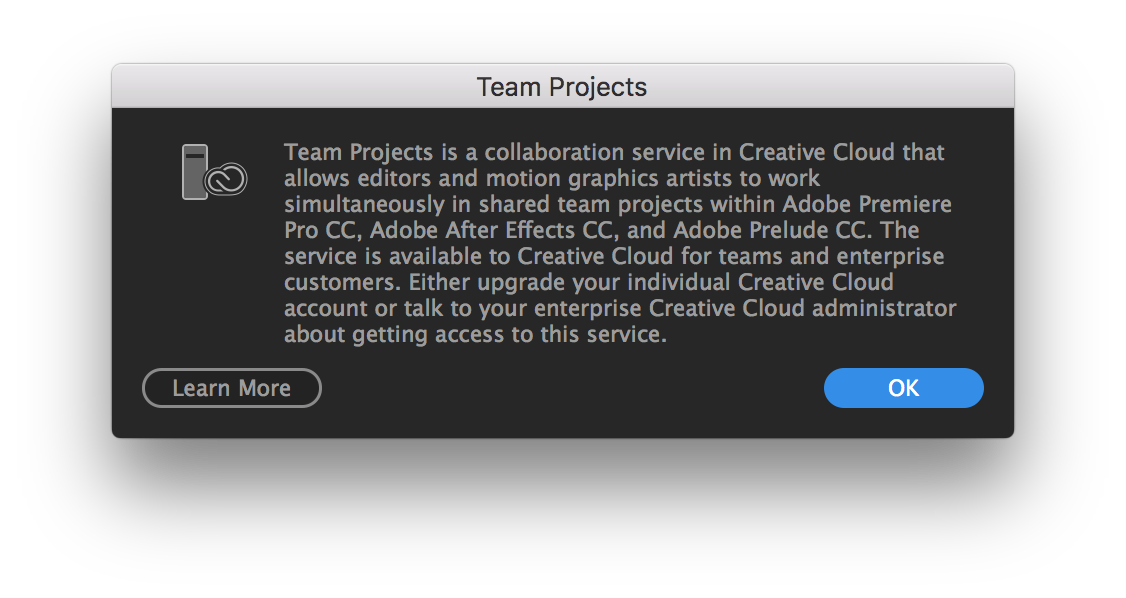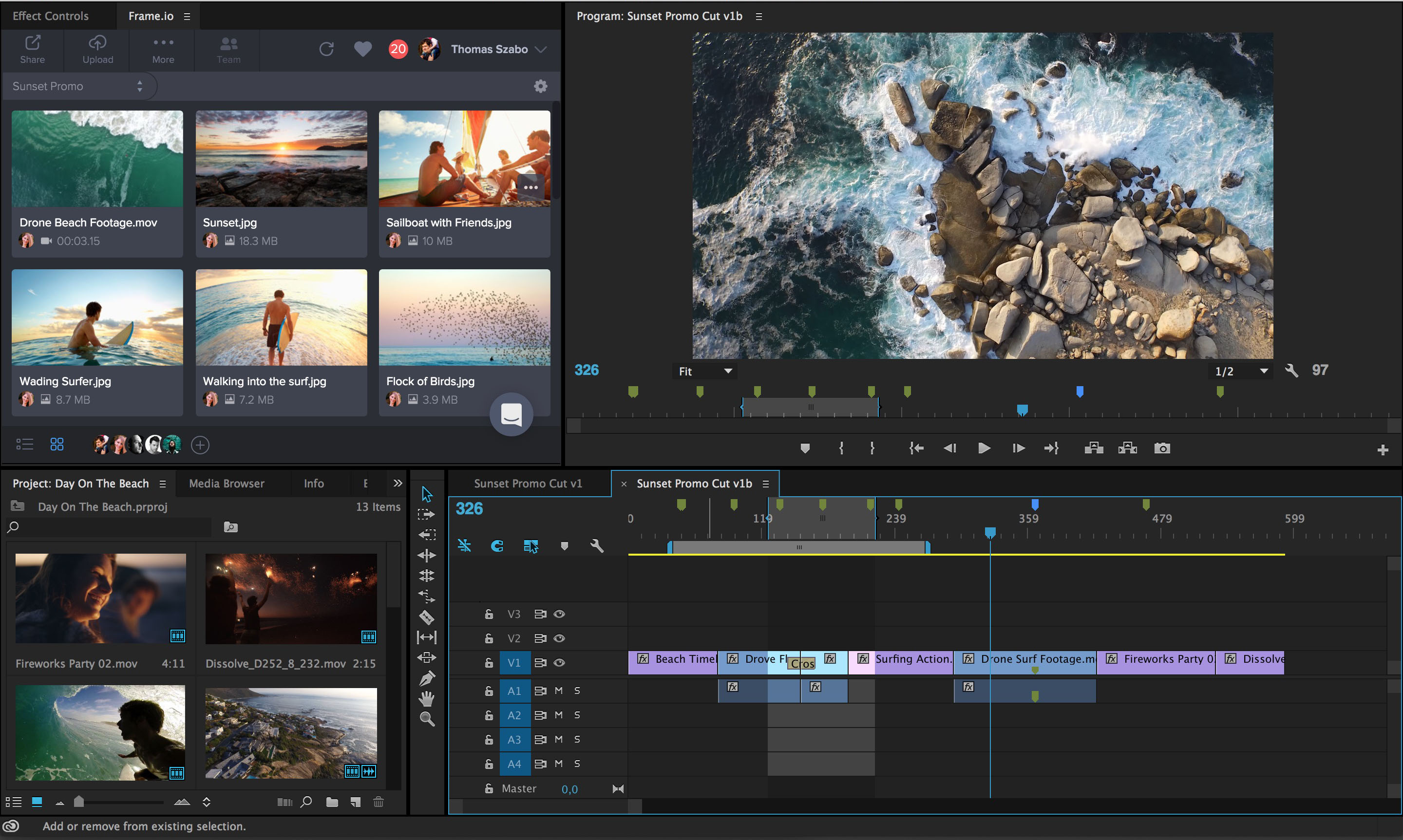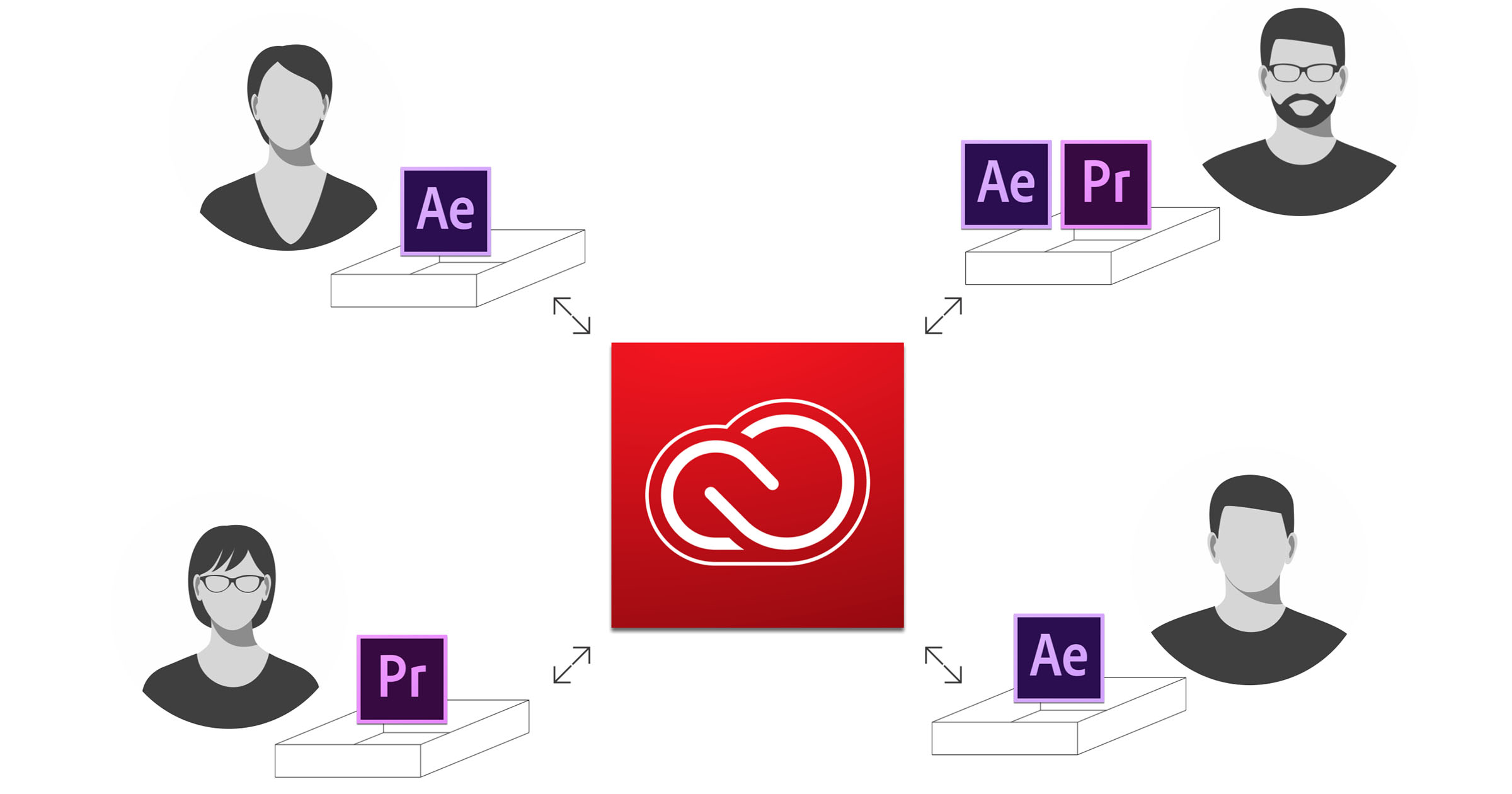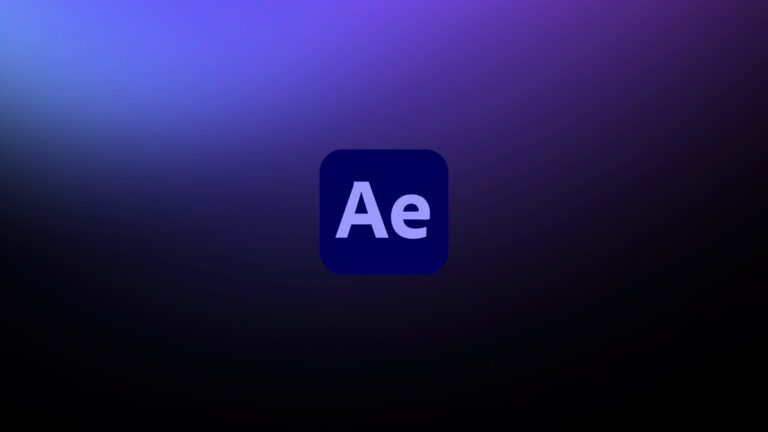Filmmaking is a collaborative effort, but we’re much more used to software that makes us take our turn. Sharing Adobe projects, meanwhile, has most often been done in an ad-hoc way, when it is done at all.
The latest version of Creative Cloud adds a set of features collectively known as Team Projects. Adobe has designed specifically for collaboration. As they come into wider use they have the potential to break the previous paradigm wide open. Multiple users work on the same project simultaneously. A single “project” can even contain work from multiple applications.
Team Projects is a feature that is so new and different, it tends to raise inaccurate assumptions as to what it is or does. It is also currently in beta, and not available to all users. Here’s a look at what it does, how it works, and how it could change post-production collaboration.
What is a Team Project?
It’s a little odd at first to learn that a project and a single application are separable. But if you step back a little, you’ll recognize the definition of “project” that we’re more used to. A film project, after all, requires multiple skills—editing, color, graphics, visual effects—which involve collaboration. On a large project, multiple people fill a given role. An editor works with assistants, a VFX supervisor with artists, a motion graphics designer with other animators.
You’ll never see a Team Project file on your system. It lives in the cloud. Team Project allows you to save, open, and share your work in Adobe Premiere Pro, After Effects and Prelude. One Team Project contains all of the work, not just from one application but any or all of them.
Adobe Anywhere
The source footage and stills imported into that project, on the other hand, have to be available locally, not in the cloud. This is a major departure from Adobe Anywhere, the enterprise-only technology released a few years ago. Anywhere has relied on very specific high-end hardware and connectivity to store and process footage in a remote location. The Team Project instead helps you link them to your local location via a Media Management dialog. Once you set your local files, you shouldn’t need to mess with this further, and your saved location doesn’t affect any other user.
If you have updated to Creative Cloud 2017 applications, you’ll see the menu options for New Team Project (Beta) and Open Team Project (Beta). If you are using Creative Cloud as an Individual user, an error dialog appears:

This first Beta release requires that you be logged in under a Team or Enterprise (shared) Creative Cloud account.
The Team Project model
So Team Projects connect with the notion that a “project” doesn’t mean work in a specific application. A Team Project is designed as a shared effort involving the multiple talents listed above, and multiple applications.
Opening the shared project checks it out to an isolated sandbox. This copy of the full project is edited on one user’s system. As that individual works, the changes save to this copy in real-time, without a File > Save option. No change occurs to the master project until the changes are shared.
A Team Project can contain project data from multiple applications. However, there is currently no real model for them to interact with one another. Dynamic Link, which makes an After Effects composition “live” in a Premiere Pro edit, is not supported in this Beta release.
Working with Team Projects
If I were going to collaborate on a project using beta software, I would certainly have questions. I posed mine to Alissa Johnson, Product Manager for Teams Projects and Adobe Anywhere.
Workflow
How does one iterate a Team Project, or go back to a prior version? Is the idea to archive regularly, or prior to a major change like a merge, at the end of the day, etc?
The user can decide how often they want to share changes (which creates a new version of the Team Project). I would reccomend sharing changes after any major edits, as the more frequently changes are shared/versioned the less likely the user is to run into a conflict that must be resolved.
The description of how to view previous versions is in #6 on this page.
Suppose I make the wrong decision in the Resolve Conflicts panel. Can I undo/revert?
If you choose to Keep your version (default option) in the resolve conflicts dialogue, then your version becomes the head and the collaborator’s version that was shared before you is one version back in the version history. If you find the edit made in their prior version was better, you can go into the version history and pull content from that version forward into the head version (yours). If you choose option two (take the shared version) you lose the unshared changes you have made in your private sandbox view. There is not an undo/revert for this action today.
Do files relink like in Pr & AE (find one, the tool finds the rest) or do they need to be relinked one at a time?
In the media management dialogue (#5 on this page) if you map one of the media files then all the rest should be automatically found.
Features
Is Dynamic Link the only major feature not included?
Dynamic Link was the only planned feature for this release that we did not include. We do of course have a feature roadmap for future releases, and will be listening closely to customer feedback and requests as they use the Beta version.
You can move a regular .aep or .prproj into a Team Project by importing it, but is there a way to go the other direction (convert a Team Project to be local project files?
In Team Projects (Beta) you can convert a .prproj to a Team Project and later convert a Team Project back to a .prproj file. When you convert it back, the version history disappears, as Premiere Pro standalone doesn’t support it. After Effects does not currently have the ability to convert an .aep to a Team Project.
Team Projects and Frame.io
The Team Project format makes it easy for multiple people to open, edit and save the same file at the same time, and to resolve any conflicts that may arise. This makes it, even in Beta, a natural fit for Frame.io as its communication layer. The two technologies are complementary.
The Frame.io panel allows you to access real-time, up-to-date comments and annotations on shots and edits. You can maintain the link between Frame.io and a Team Project by syncing them. The same set of Frame.io edits can be synced in any location where the Team Project is open. Any updates then appear just as they would in a regular .aep or .prproj file.

A communication layer
This is a huge help, since there is currently only one basic opportunity to add a verbal comment to a Team Project file. When you update a project by choosing Share My Changes, or when you share it with a new collaborator, there is a text field in which you can type the status of the entire project. Other collaborators see that when they open that version of the project.
Frame.io has been useful to editors and motion graphics artists who receive comments on their work. But with Team Projects, it’s also possible to use it to track work that multiple editors and motion graphics artists do collaboratively, on the same project. In this scenario Frame.io acts as a checklist that those artsts share.
What’s next?
This isn’t the first time that Adobe has released sophisticated software as a public beta. Character Animator only recently reached its 1.0 release, several months after The Simpsons relied on it in its two live broadcasts. That said, you can easily see that a lot more work will happen on Team Projects to take it beyond Beta.
The best current use for Team Projects is with one application at a time. No provision, not even Dynamic Link, currently allows you to gracefully use or review work from an application other than the one you have open. This isn’t a huge constraint because it matches the way you already work.
Who will jump in first?
I’ve worked with facilities that have not been able to adopt Premiere Pro without collaborative editing. On a large project such as a feature film this can be a deal-breaker. I’ve also felt the pain of trying to iterate After Effects designs that multiple artists need to share. If one of these is your situation, a pilot evaluation, at least, is in order.
If even that feels too risky, you can bet that a full release won’t be a long wait.




